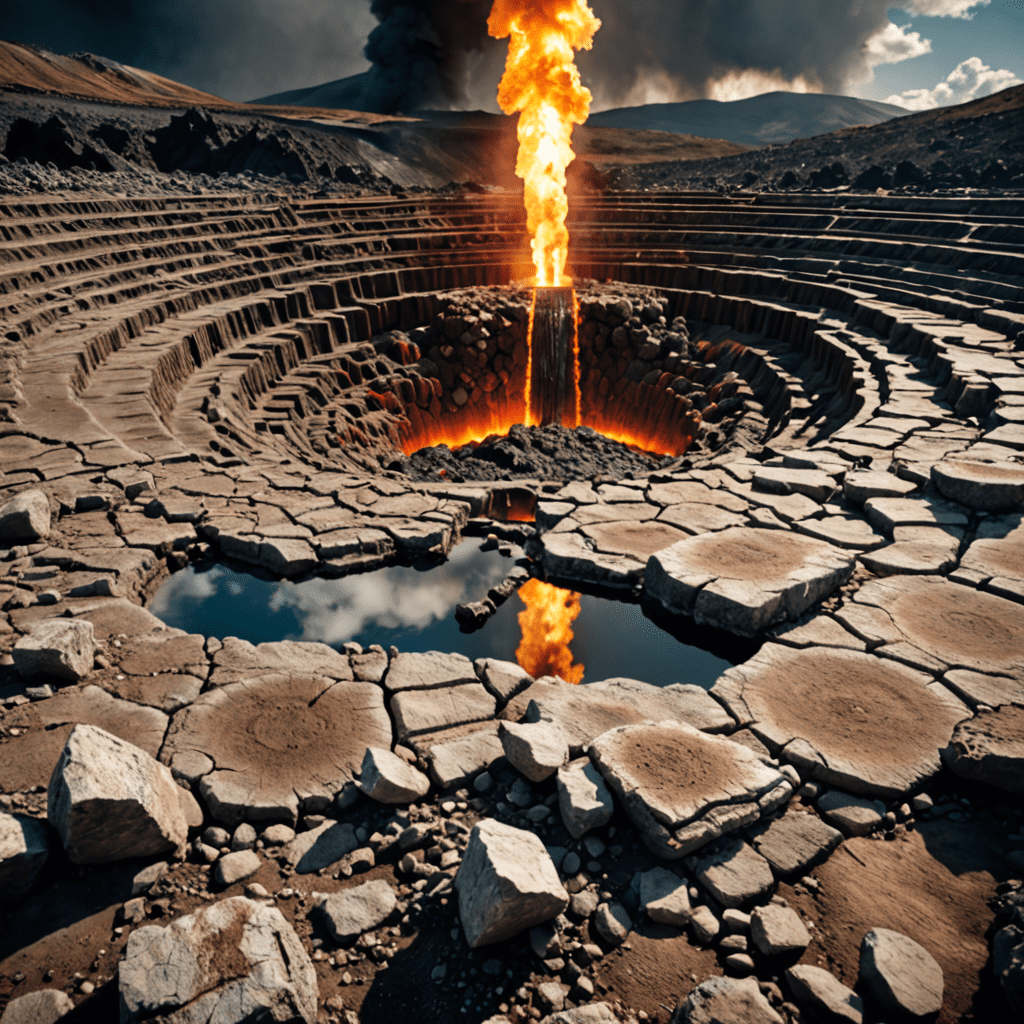Geothermal Energy: Seismicity Considerations
Understanding Geothermal Energy and Seismic Activity
Geothermal energy, derived from the heat within the Earth, is a promising renewable energy source. However, the extraction of geothermal energy has raised concerns about its potential impact on seismic activity.
What Causes Seismicity in Geothermal Areas?
Seismicity in geothermal areas can be triggered by various factors, such as the injection and extraction of fluids during geothermal energy operations. The rock formations can be disrupted, leading to induced seismic events.
Monitoring and Mitigating Seismic Risks
To minimize the risks associated with induced seismicity, continuous monitoring systems are essential. By closely monitoring seismic activity in geothermal fields, operators can take preventive measures to mitigate potential risks.
Regulatory Framework and Best Practices
Regulations play a crucial role in ensuring the safe operation of geothermal energy projects. Implementing best practices, such as proper reservoir management and injection strategies, can help reduce the likelihood of induced seismic events.
Case Studies: Geothermal Projects and Seismic Events
Several geothermal projects worldwide have experienced induced seismic activity. Studying these case studies provides valuable insights into the relationship between geothermal energy operations and seismic events.
The Future of Geothermal Energy and Seismicity
As the demand for clean energy sources grows, geothermal energy holds significant potential. By addressing seismicity considerations through advanced monitoring techniques and mitigation strategies, the sustainable development of geothermal energy can be ensured.
Conclusion
In conclusion, while geothermal energy offers a promising renewable energy solution, understanding and managing seismicity considerations is crucial for the safe and sustainable utilization of this valuable energy resource. By implementing proactive monitoring and mitigation measures, we can harness the power of geothermal energy while minimizing the associated seismic risks.
Frequently Asked Questions about Geothermal Energy and Seismicity Considerations
What is geothermal energy?
Geothermal energy is renewable energy derived from the heat stored beneath the Earth’s surface. It can be harnessed through various technologies to generate electricity or provide heating for buildings.
How does geothermal energy relate to seismicity?
Geothermal energy production involves extracting heat from the Earth’s crust, which can sometimes induce micro-seismicity or small earthquakes. These seismic events are typically low in magnitude and often go unnoticed by people.
Is geothermal energy-induced seismicity dangerous?
In most cases, geothermal energy-induced seismicity poses minimal risk to the surrounding areas. Monitoring and proper management practices are essential to ensure the safety and sustainability of geothermal projects.
Can geothermal energy-induced seismicity be mitigated?
Yes, geothermal operators can implement measures to mitigate the impacts of induced seismicity. Strategies may include adjusting injection rates, monitoring seismic activity closely, and shutting down operations if necessary to prevent larger seismic events.
What are the benefits of geothermal energy despite seismic considerations?
Geothermal energy is a reliable, renewable energy source that can reduce greenhouse gas emissions and dependence on fossil fuels. With proper planning and monitoring, it can be a sustainable energy option with minimal environmental impact.



